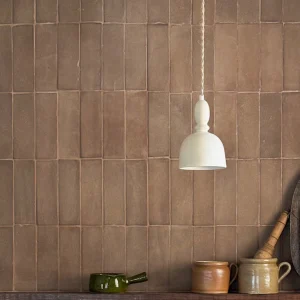
In 1992 a competition was held to find a design for an opera house on the site where the Wales Millennium Centre now sits. Zaha Hadid won the commission and work was scheduled for completion by 1996 at the latest. What followed was a farce that resulted in the project being shelved and an eight-year wait for the Welsh National Opera’s new home that cost twice the original budget. The steering committees, Conservative government and funding bodies conspired to deny Cardiff a building that could have defined modern Wales. And that lack of a definite concept of a new Welsh architecture still dogs the country.
In 1979 Wales rejected the opportunity of devolution. Following the closure of the coal mines and the crippling effects of the miner’s strikes in 1984-85, the country found a new resolve and in 1997 voted in favour of devolved powers from Westminster. The Welsh Assembly Government (WAG) first sat in 1999 and Wales slowly emerged from the shadow of Scargill and Thatcher – but only culturally.
‘In these stones horizons sing’ proclaims the Wales Millennium Centre by Capita Percy Thomas that overlooks Cardiff Bay. The £124m cultural centre sits as the focal point of the regenerated Tiger Bay. After the Millennium Stadium it is probably the most famous recent building in Wales and it is popular with those who visit to see shows in the main 1900-seat auditorium. Yet the building is a material stereotype of Wales, taking inspiration from the nation’s natural beauty, industrial and cultural heritage. Although it tries to represent the nation, the building is nostalgic and overly literal. The rough-cut stone cladding with seams of glass represent depleted natural resources, the steel roof represents departed industry, while the calligraphy and poem inscribed on the roof recalls a rich history of arts.
The Senedd building by Rogers Stirk Harbour is the better of the two buildings that occupy the site of Hadid’s proposal. The impressive undulating Canadian cedar roof canopy is delicately cantilevered above a glass box. Here, says Rogers, ‘democracy is not hidden’. The Siambr (debating chamber) is a circular room designed into a funnel shape – something of a signature for Ivan Harbour, who directed the design. As a spectacle, it works best from outside, stepping down the slate steps to the marina edge and the quite beautiful roof canopy engaging with the public space outside. Inside, the abundance of rooms carved out of the interior expose the everyday business of the Assembly.
Outside Cardiff, the completion of the Oriel Mostyn Gallery by Ellis Williams Architects in 2010 stands out in North Wales. Atop Snowdon, the ‘highest slum in Europe’ was replaced with a visitor centre by Ray Hole Architects. Then there’s the Ruthin Craft Centre by Sergison Bates and the Newport City Footbridge across the River Usk by Grimshaw with Atkins. All these mark an improvement in locations, aided by long overdue WAG central funding.
It is, in fact, outside the capital that the most remarkable building can be found. Early in the new millennium, set in the Carmarthenshire countryside, the National Botanic Gardens of Wales was constructed. The historic parkland of Middleton Hall outside Llanarthne became the first national botanic gardens to be established in the UK for 200 years. The centrepiece of the park is the Great Glasshouse by Foster+Partners. Completed in 2000, it is the largest single spanned glasshouse in the world. It comprises 785 individual glass panels and 24 hollow tubular steel arches. The building is orientated south to ensure maximum daylight for the plants that thrive in its Mediterranean climate and it is then tilted seven degrees to further maximise its exposure to the sun. The landscaping, the first project by Gustafson Porter, carves out cliff edges akin to a quarry to create a rugged, dramatic terrain.
It’s an oddity, yet the remarkable structure manages to sit gracefully in the rolling countryside. This is one of the few buildings where, in a very literal sense, architecture looked beyond its borders and became home to a building that represents a less nostalgic, newly empowered Wales.





